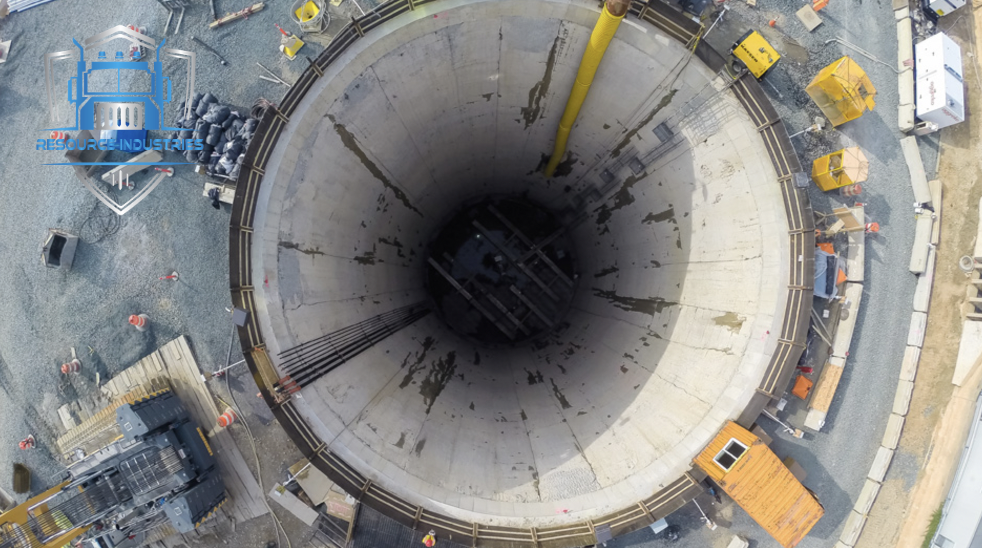Building a Strong Foundation: Understanding the Construction of Slurry Walls

Slurry walls are constructed by excavating a trench and then filling it with a mixture of water and bentonite clay. The process typically involves the following steps:
- Excavation: A trench is excavated to the desired depth and width using heavy equipment such as a backhoe or excavator. The trench is typically excavated to a depth of several feet below the surface, and is lined with a geotextile fabric to prevent soil from entering the trench.
- Mixing: Bentonite clay is mixed with water to create a slurry, which is then pumped into the trench. The slurry is typically mixed on-site using a bentonite mixing plant.
- Placement: The slurry is pumped into the trench using a slurry pump, and is then leveled and compacted using a vibratory compactor. The slurry is typically placed in lifts of several inches at a time, and is allowed to solidify before the next lift is placed.
- Solidification: Once the trench is filled, the slurry is allowed to solidify. This typically takes several hours to a few days, depending on the type of bentonite and the weather conditions. Once the slurry is solid, the trench is backfilled with soil.
- Monitoring: The slurry wall is then monitored for leaks and cracks, and any issues are fixed accordingly.
It's worth noting that there are different types of slurry walls, like the "cut-off wall" which is a type of slurry wall that is built by drilling holes into the ground and injecting the slurry into them, and the "diaphragm wall" which is a type of slurry wall that is built by using a specialized machine to excavate a trench and then filling it with slurry.Both methods are used depending on the specific requirements of the project and the type of soil and groundwater conditions at the site.


